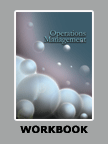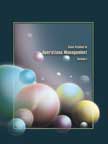The Making of Boeing's 787 'Dreamliner'
|
ICMR HOME | Case Studies Collection
» Operations Case Studies 

Custom Search
Please note: |
||||||||||
The Need for the Dreamliner Contd...
Boeing announced that it would phase out its own old 757 and 767 aircraft. The company said that the aircraft would be the first one to be built by using composite material7 extensively.

Custom Search
5] Based in Hamburg, MM Warburg is one of
Germany's largest private banks operating since 1798. |
Case Studies Links:-
Case Studies,
Short Case Studies,
Simplified Case Studies.
Other Case Studies:-
Multimedia Case Studies,
Cases in Other Languages.
Business Reports Link:-
Business Reports.
Books:-
Text Books,
Work Books,
Case Study Volumes.







